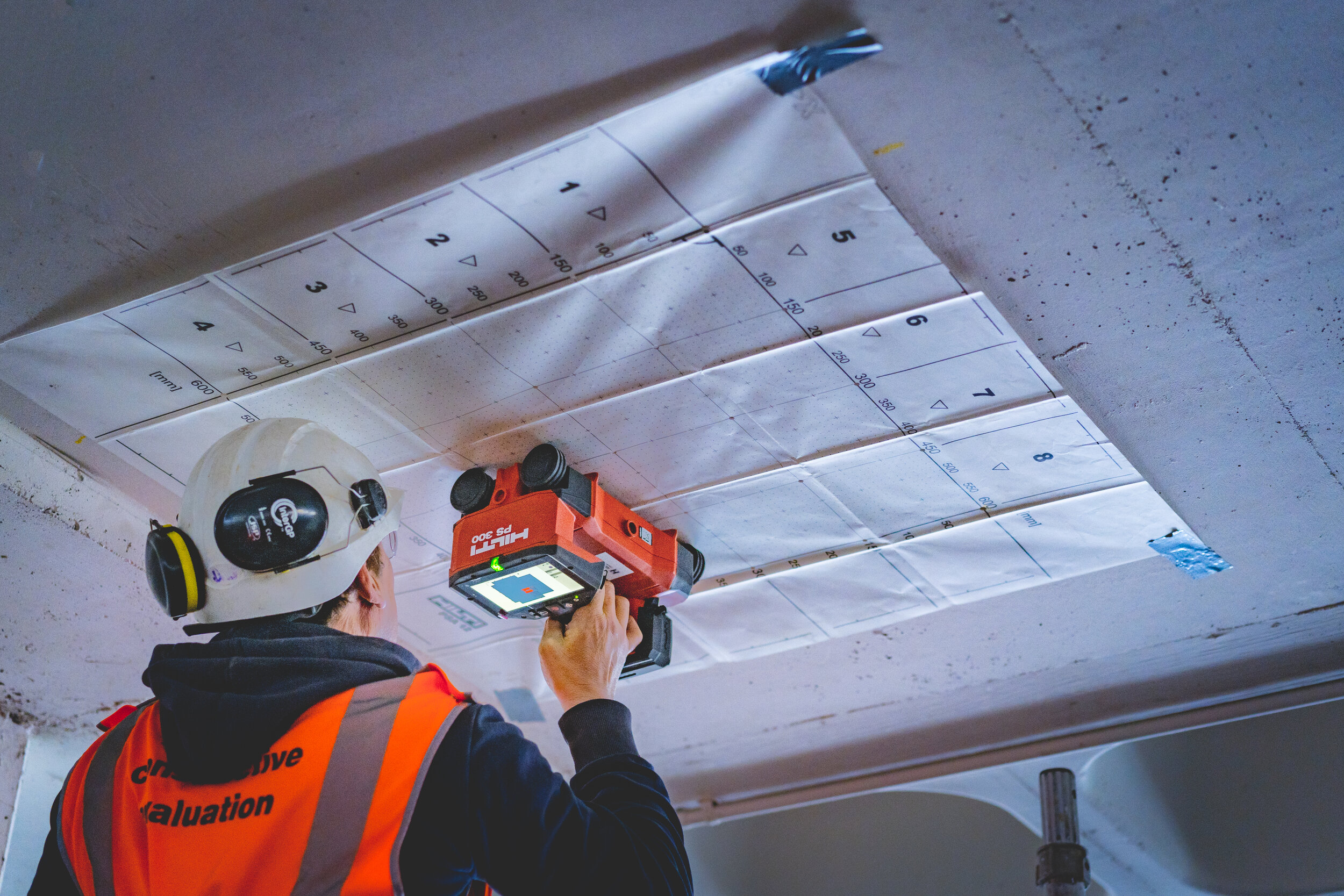RainierGPR Service Areas: Expert Concrete Scanning in Your Area
RainierGPR Service Areas: Expert Concrete Scanning in Your Area
Blog Article
Concrete Scanning: An Important Step Towards Making Sure Architectural Stability and Security
In the realm of construction and infrastructure upkeep, the value of concrete scanning can not be overemphasized. This careful process holds the essential to unveiling possible dangers hidden beneath the surface area of apparently strong structures. By using sophisticated technology and methodologies, concrete scanning works as an essential tool in making certain that the stability and safety of structures and bridges are supported to the greatest standards. Nonetheless, beyond its surface-level effects, the function of concrete scanning extends much deeper than fulfills the eye.
Relevance of Concrete Scanning
Concrete scanning plays an important duty in guaranteeing the architectural integrity and security of structures and facilities tasks. By using innovative innovations such as ground-penetrating radar (GPR) and electro-magnetic induction, specialists can non-destructively inspect concrete structures to identify potential problems, spaces, ingrained things, and support layout. This process makes it possible for very early discovery of abnormalities that could compromise the stability of a structure, stopping expensive damages and making sure the safety and security of residents.
Prior to boring, reducing, or coring into concrete, scanning helps recognize the exact places of rebar, post-tension cables, and various other embedded components, decreasing the threat of unintended hits that might lead to architectural weaknesses. Furthermore, concrete scanning help in high quality control by confirming the thickness of concrete covers and detecting any kind of discrepancies that may influence the general durability of the structure.
Modern Technology for Concrete Evaluation

Advantages of Early Detection
Timely discovery of architectural concerns can substantially minimize threats and ensure the longevity of building and construction projects. By recognizing possible problems early on in the building and construction process, stakeholders can take aggressive procedures to deal with problems before they rise into larger and a lot more costly troubles. One of the crucial advantages of very early detection is the avoidance of architectural failings, which can position severe safety and security risks and lead to task hold-ups and financial losses.
Additionally, early detection enables prompt fixings and maintenance, content which can assist prolong the life expectancy of the framework. By dealing with issues quickly, building groups can stay clear of pricey fixings or also the requirement for early substitute of architectural parts. This positive strategy not only conserves money and time but additionally boosts the general safety and resilience of the building and construction project.
Furthermore, early detection can enhance project planning and decision-making by supplying stakeholders with useful understandings into the problem of the framework. Armed with this information, job supervisors can make educated choices pertaining to construction timelines, materials, and techniques, causing much more effective and effective task results.
Making Sure Architectural Stability
Ensuring the structural stability of a building task is paramount to its security and longevity. Concrete scanning plays an important function in guaranteeing structural stability by spotting potential issues such as gaps, delamination, or support deterioration that might compromise the honesty of the get more structure over time.
By using advanced scanning technologies like ground-penetrating radar (GPR) and electro-magnetic induction, building and construction experts can non-invasively evaluate concrete structures to determine areas of issue beneath the surface area. This aggressive technique enables the early discovery of weaknesses or issues, enabling punctual repair services or reinforcement to avoid architectural failings.
Routine concrete scanning during various building phases and throughout the life process of a framework can help keep its security, minimize dangers, and make sure the safety of occupants. By focusing on architectural stability with concrete scanning, building and construction jobs can improve their resilience and resilience, inevitably adding to better security and durability.

Stopping Crucial Failings
Carrying out routine inspections, such as concrete scanning, can disclose covert problems like gaps, cracks, or corrosion that might compromise the stability of a structure. By utilizing sophisticated scanning technologies like Ground Passing through Radar (GPR) or Concrete X-ray, engineers can non-destructively examine the problem of concrete and recognize weak factors that call for reinforcement or fixing.

Verdict
To conclude, concrete scanning plays a crucial function in making certain architectural integrity and safety by using sophisticated modern technology for very early discovery of potential issues. This aggressive method aids prevent crucial failures and makes sure the security of structures. It is vital to prioritize concrete examination as a conventional practice to safeguard the long life and safety of structures and framework.
Concrete scanning plays a vital role in ensuring the architectural Go Here stability and security of buildings and framework tasks. Additionally, concrete scanning aids in top quality control by validating the thickness of concrete covers and detecting any type of inconsistencies that might affect the overall toughness of the framework. Concrete scanning plays a crucial function in making sure architectural security by detecting prospective concerns such as voids, delamination, or reinforcement deterioration that can endanger the honesty of the framework over time.

In final thought, concrete scanning plays an essential function in making certain structural stability and safety and security by utilizing innovative innovation for early discovery of potential issues.
Report this page